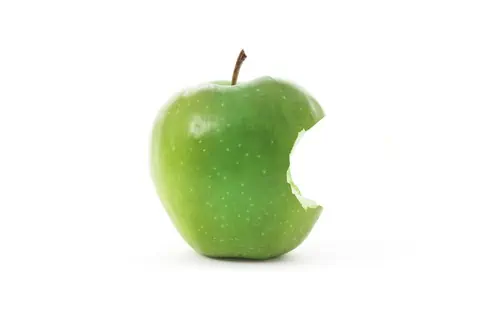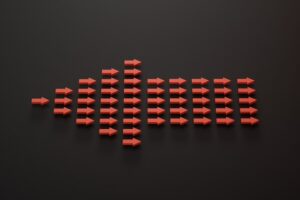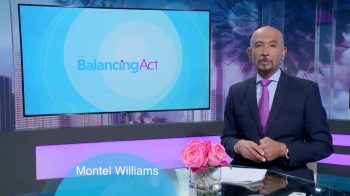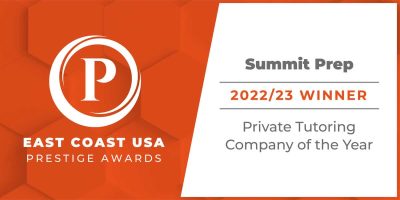When I walked into the testing room and handed my admissions ticket to the proctor, there was an immediate chorus of laughter. No surprise: I am old (at least to a high schooler), and I am taking the SAT. Why? I could say it’s because I own a tutoring company and thus it’s my job to do so, but I mostly take it because I genuinely enjoy taking the test. Taking the tests also gives me otherwise unavailable insights:
Content
One question I had before actually taking the new SAT for myself was, “How similar are the practice tests put out by the Collegeboard to the content of the real tests?” The answer: very. If anything, the six official practice tests (four in the official SAT study guide book and two online) are more difficult than the real test I took in October. The math and grammar topics are essentially the same on the practice tests and the real test. Some of the most common grammar topics on the test were transition words, addition/deletion, pronouns, redundancy, and subject-verb agreement. Some of the most common math topics were percentages, slope, averages, medians, quadratics, equation of a line, equation of a circle, imaginary numbers, polynomial division, and manipulating equations.
Food and Drinks
Collegeboard recommends bringing snacks and a drink, but I want to add some specificity to that recommendation. First of all, definitely bring food 
Time, Pacing, and Breaks
Knowing the spacing of the test and the breaks is important so students know how to maximize their break time.
- Check in and fill out Scantron cards (30 minutes)
- Reading section (55 minutes)
- 10 minute break: This is the longest break of the test, so students need to prioritize eating during this break.
- Writing and Language (basically just grammar) section (35 minutes)
- No-calculator Math section (25 minutes)
- 5 minute break: This is really only enough time for a bathroom break.
- Calculator Math section (55 minutes)
- 2 minute break (assuming students are taking the optional essay next): Students are not even allowed to leave the classroom for this one. It’s just enough time to basically drink water, stretch, and then get back to
work.
- Optional essay (50 minutes)
- Freedom! (and probably a nap)
The decreasing duration of the breaks makes it important for students to understand how to capitalize on the breaks they have.
Seating
If a student can pick her own seat, she should sit at the front of the room or on the sides. With fewer students either in front of her or on her sides, she will have fewer distractions and will be less likely to compare her progress to that of those around her. (On the reading section in particular, there is a lot of page flipping – often the questions are on the back page of a passage, so students have to constantly flip back and forth for the answers. Optimal seating can help mitigate the distraction of nearby page turning.)
Clothing
Wear a sweater and a T-shirt underneath. Who knows what the temperature will be in the classroom, so students should have options to make themselves comfortable.
Pencil
Not all mechanical pencils use #2 lead, which is the only lead that the scantron machines read. For that reason, the SAT bans using them on the test. However, I always use mechanical pencils for the essay portion (even on the ACT actually – the proctors have either not seen or cared) because the tips do not dull. Using a mechanical pencil allows me, and others, to write more quickly and with less hand strain, which becomes very helpful when writing the essays on both the SAT and ACT. Students also then do not have to sharpen their pencils on breaks and can use that time to eat, drink, or relax.
Though students may not enjoy taking the test as much as I do, I hope these tips not only provide them some peace of mind about what to expect, but also give them an advantage on test day.



 work.
work.



